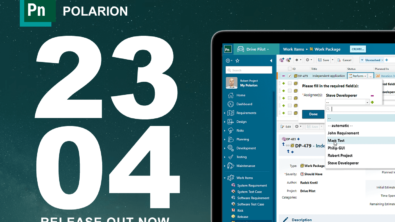IoT: Pushing Medical Industry Forward at Rapid Pace
The Internet of Things (IoT) is forcing a sudden revolution in the world of medical devices, presenting new benefits alongside plenty of new challenges and problems.As IoT continues its migration into mainstream healthcare, trying to figure out how to properly address this transition is a pressing matter for doctors and the patients they are ultimately responsible for.
Advantages of IoT Powering the Healthcare Industry
One of the biggest opportunities and challenges currently facing the medical industry is the aging population with deteriorating health conditions.Imagine a world in which your doctor can remotely monitor your medical condition, offering faster diagnosis and care if problems arise.
For instance, you have a wearable blood monitor, collecting information on a 24X7 basis to predict a medical emergency before it happens.A healthcare provider able to remotely monitor at-risk patients can now help patients move independently – and interact with loved ones while at home, rather than move to a more costly assisted-living facility.
IoT Healthcare Market Potential
Focused specifically on the healthcare and medical device vertical, it’s estimated IoT will reach $117 billion by 2020, according to an industry report by Market Research.It’s just a sliver of the overall estimated IoT market over the next five to 10 years, but healthcare providers and medical device manufacturers are quickly jumping on the bandwagon.
IoT is helping push the boundaries of what is possible in the healthcare industry, but with such rapid technological developments, keeping patients safe from medical device failure remains the top priority. One of the biggest threats with all of this IoT connected technology is:maintaining cybersecurity throughout the lifecycle of the medical device.
IoT Cybersecurity Risks Everywhere
Earlier in 2015, The FDA offered guidance for the medical industry concerning networked medical device cybersecurity when off-the-shelf (OTS) software is included.Here is what the FDA said:
“Vulnerabilities in cybersecurity may represent a risk to the safe and effective operation of networked medical devices using OTS software.Failure to properly address these vulnerabilities could result in an adverse effect on public health.A major concern with OTS software is the need for timely software patches to correct newly discovered vulnerabilities in the software.”
The average total cost to bring a low-to-moderate-risk 510(k) product from concept to clearance was approximately $31 million, with $24 million spent on FDA dependent and/or related activities (FDA Impact on U.S. Medical Technology Innovation, Josh Makower, MD and MDMA).With ever increasing complexity in regulatory requirements and the time required to manage the mandated rules, tools to manage the data organization will become increasingly critical to project cost containment efforts.
Polarion Software and Siemens hosted a webinar in early November, with Laurence Sampson, our medical device advisor, speaking about some of the challenges facing medical device makers.If you’re interested in viewing the webinar, please click the following banner:

The Impact of IoT on Medical Devices
- How “Risk” Evolves and Why Deployed Products Need to be Updated
- New FDA Guidelines for Cybersecurity and What to Expect
- Practical Advice on How to Achieve FDA Approval
- Benefits of Integration of PLM-ALM: Decrease Costs And Increase Productivity


